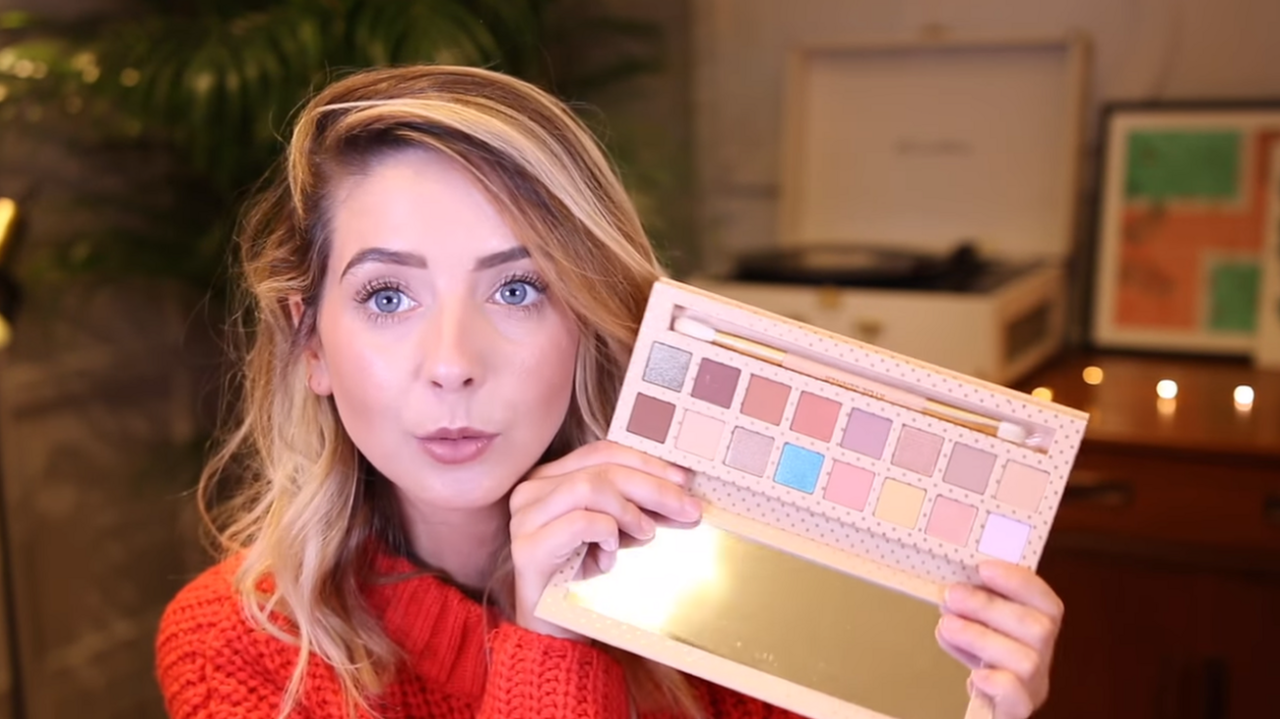Five tech trends shaping the beauty industry
- Published
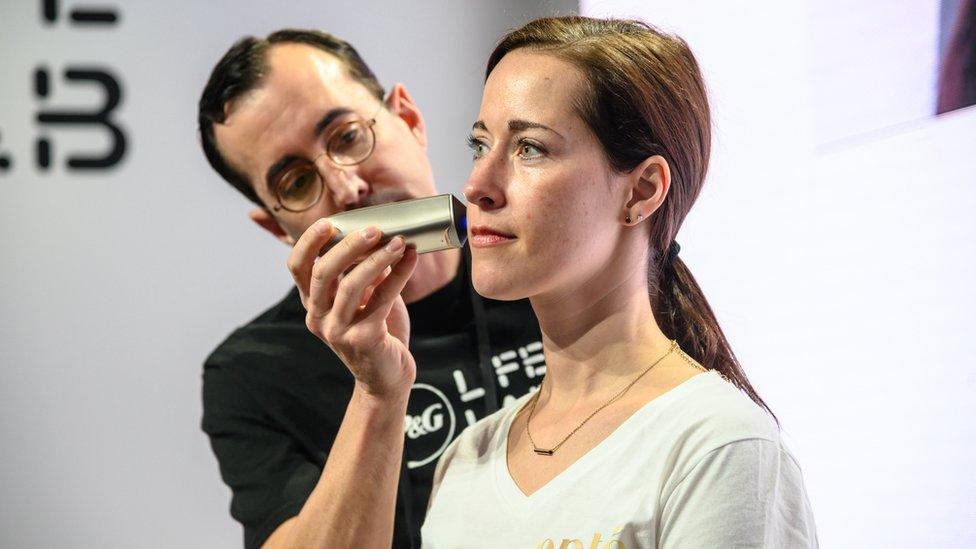
Could make-up printers be the shape of things to come?
Beauty brands are using everything from artificial intelligence (AI) to augmented reality (AR) to keep their customers engaged in a fiercely competitive market. But do such innovations actually work or are they simply marketing hype?
When L'Oreal said last year it no longer wanted to be the number one beauty firm in the world, but "the number one beauty tech company", it was clear things in the industry had changed.
"Women have had the same beauty concerns for 30 to 40 years, but technology has created a more demanding consumer," explains Guive Balooch, global vice president of L'Oreal's Technology Incubator.
"They want more personalised and precise products, and we have to respond."
So what are the main tech trends?
1. Personalisation and AI
According to Mr Balooch: "50% of women complain that they can't find the right shade of foundation for their face, and women with darker skin tones have been crying out for more choice."
But putting thousands of shades on shop shelves would be "impractical", he says.
Instead, L'Oreal subsidiary Lancome has come up with a custom-made foundation machine called Le Teint Particulier, which promises to find the "exact match" for your skin using AI.
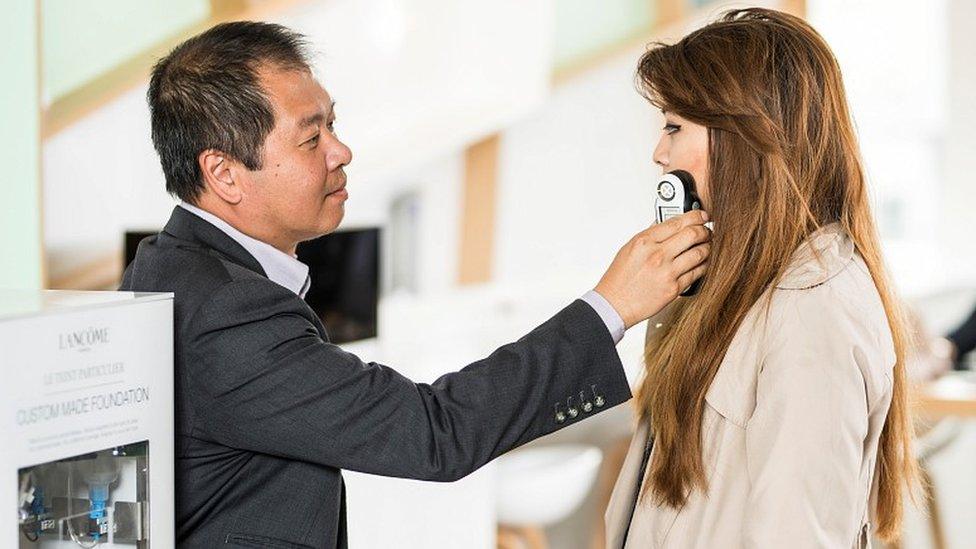
Lancome's Le Teint Particulier offers 20,000 different shades of foundation
Available at Selfridges and Harrods in the UK, Lancome's consultants first work out your facial skin tone using a handheld colorimeter - a type of digital scanner.
The results are then run through a computer, which uses a proprietary algorithm to choose from 20,000 different shades.
Finally, the computer's findings are sent to a machine that mixes the foundation for you, there and then in the shop.
"It's a bit like how a hardware store mixes a pot of paint, but the skin is a lot more complex," says Mr Balooch.


According to market research firm Mintel, demand for personalised cosmetics is growing fast. Nearly half of consumers like the idea that a beauty product is personalised especially for them, and a third think such products give better results,
But at £85 for a 30ml bottle, Le Teint Particulier is not cheap, and some have warned that the high price of personalised cosmetics stops them being inclusive.
"It is sending a message that to benefit you also have to be rich, which is kind of counter-intuitive," says Cherlynn Low, reviews editor at US technology website Endgadget.
2. Virtual 'try on' apps
As we do more of our shopping online beauty brands are increasingly using augmented reality (AR) to enhance the experience.
BBC journalist Lucy Hooker tried out Sephora's "Virtual Artist"
Improvements in image recognition and face tracking tech is making these digital overlays more accurate.
Take Sephora's Virtual Artist, which lets customers virtually try on thousands of shades of lipstick and eyeshadow through their smart phones or at kiosks in stores.
The app works by measuring where your lips and eyes are in real time, then tracking those facial feature points so it knows where to put the cosmetics.
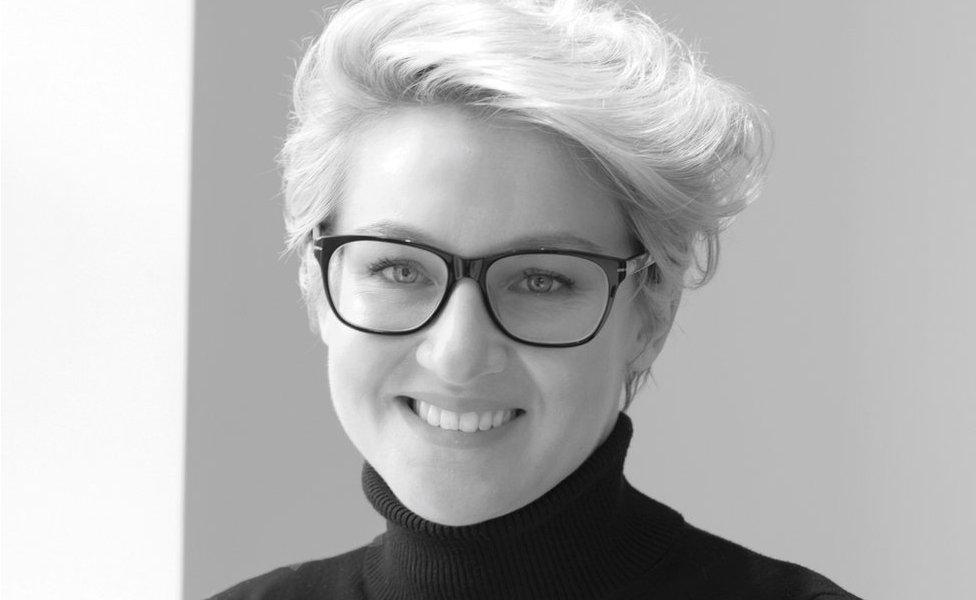
"Try on" apps let you experiment with new looks, says Maghan McDowell
It can also walk you through make-up tutorials digitally, and colour match shades to your skin.
Sephora says more than 200 million shades have been tried on through Virtual Artist since it was launched in 2016, and a host of other brands, from Garnier to Germany's DM, have launched "try on" apps, too.
But some reviewers warn the apps are no substitute for trying on products for real before you by them.
Maghan McDowell, innovation editor at Vogue Business, agrees they are not "100% accurate" but says customers still find them useful.
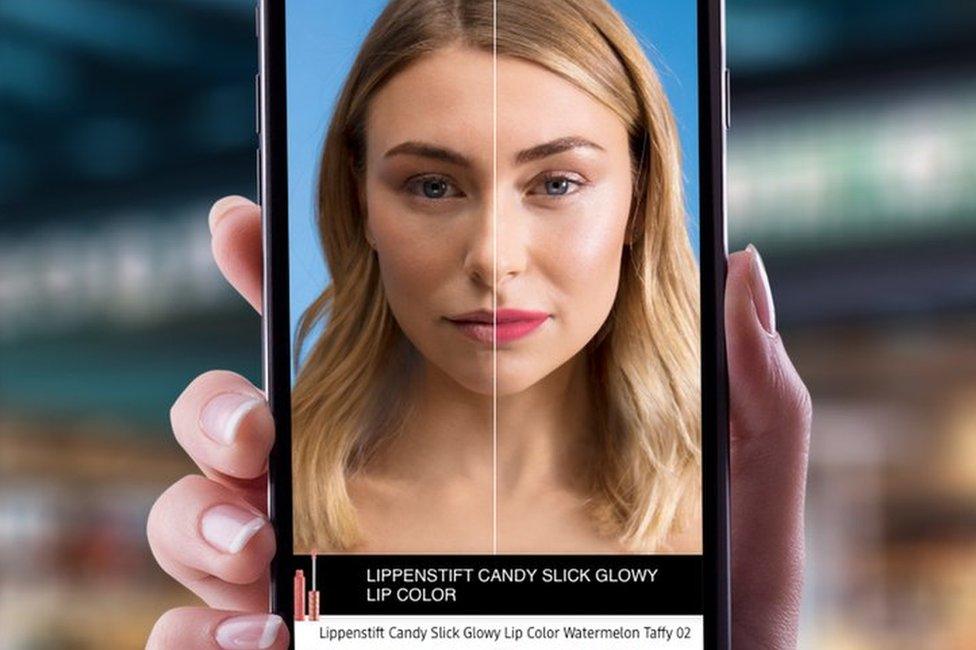
German retailer DM is one of many brands to offer a "try-on" app
"They make sense in the age of Snapchat, when people are used to seeing AR filters on their faces.
"People mainly use them to experiment with new looks and styles, but they are buying products through these apps, too."
3. Smart skincare tools
Would you trust a computer to rate your skin? The HiMirror, a "smart mirror" made by Taiwan's New Kinpo Group, does just this.
It takes a photo of your face every time you log in and scans it for wrinkles, red spots, pores, fine lines, and brightness levels.
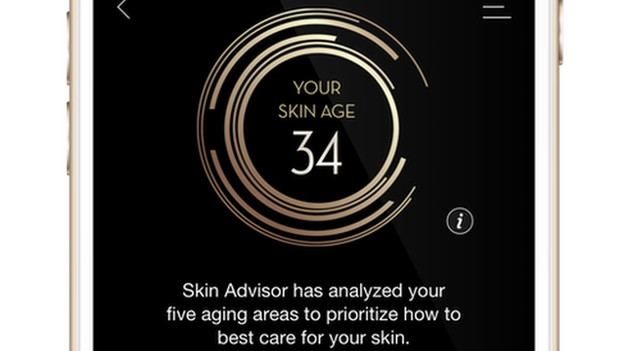
Would you trust an app that tells you your skin age?
It then rates these factors from "good" to "poor", and sends you personalised tips and product recommendations.
Olay offers a similar smartphone service called Skin Advisor, while its new app "FutureYou Simulation" enables users to visualise what their skin and face will look like in the future using AR.
Some skincare experts warn that, without giving users more context about their skin scores, such products could unnecessarily harm people's self-esteem if the feedback is negative.
WATCH: Skin printer wipes years from your face
And Ms Low says they they can be "fooled by bad lighting or leftover make-up smudges".
"The scores are not always consistent. And do we really need a smart mirror to tell us our skin is shiny or oily? Surely we can tell that ourselves?"
4. Printed make up
Will we ever see robots put on our make-up for us? A number of gadgets released in the last few years suggest we might.
Take the Opté wand from Proctor and Gamble (P&G), a make-up printer unveiled at this year's Consumer Electronics Show in Las Vegas.
The wand scans the skin and precisely applies tiny amounts of make-up to hide age spots, burst blood vessels and other blemishes.
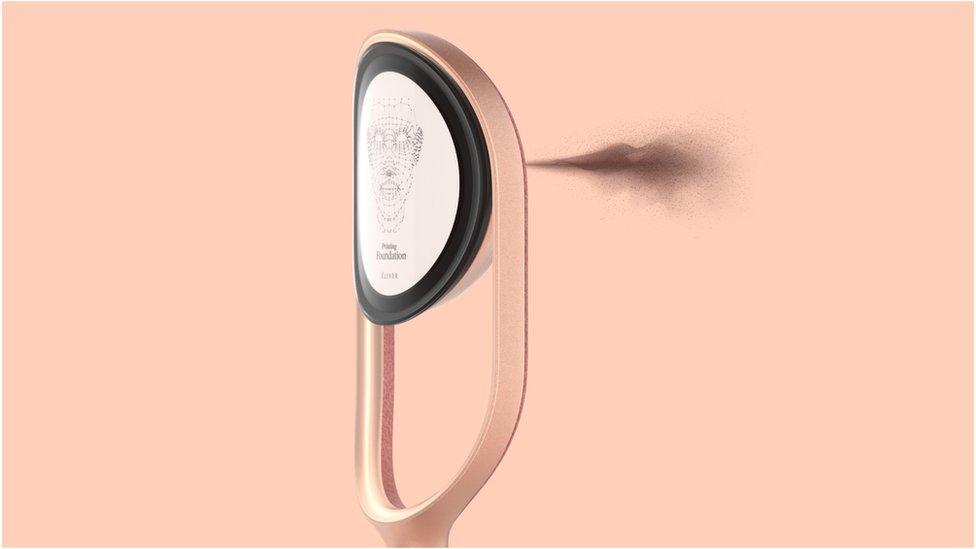
The Élever would print make-up looks directly on to your face
Its tiny built-in camera takes 200 frames per second, while a microprocessor analyses this data to differentiate between light and dark areas. A micro printer then applies the foundation to your skin.
P&G, which hopes to launch the product by 2020, says the printer's precision means it needs relatively little serum, so people's make-up bills should drop.
Imagining where the trend could go, design agency Seymour Powell has unveiled a printer concept that would allow make-up looks seen online to be downloaded and printed directly on to the face.
Combining 3D-printing, facial recognition technology and AI-powered image analysis, the Élever would allow brands and influencers to sell make-up looks direct to consumers.
5. 3D or 'e-make-up'
One of the latest beauty tech trends doesn't actually involve wearing real cosmetics.
Inspired by the craze for AR filters on Snapchat and Instagram, "e-make up" artists enable you to download outlandish make-up looks to enhance your digital self.
One artist at the forefront of the trend is Parisian Ines Marzat, known online as Ines Alpha, whose creations have adorned pictures of artists, musicians and models on Instagram.
Allow Instagram content?
This article contains content provided by Instagram. We ask for your permission before anything is loaded, as they may be using cookies and other technologies. You may want to read Meta’s Instagram cookie policy, external and privacy policy, external before accepting. To view this content choose ‘accept and continue’.
She has also made a series of filters anyone can download for Snapchat.
The goal is to make photos and videos more shareable online, and many of her digital make-up creations have gone viral.
"It could change colour, it could be 3D or iridescent - things that would not be possible in real life," explains Vogue's Ms McDowell.
"It plays into this idea of everyone having a digital twin online, and allowing you to be playful with that."
Follow Technology of Business editor Matthew Wall on Twitter, external and Facebook, external
- Published2 April 2019
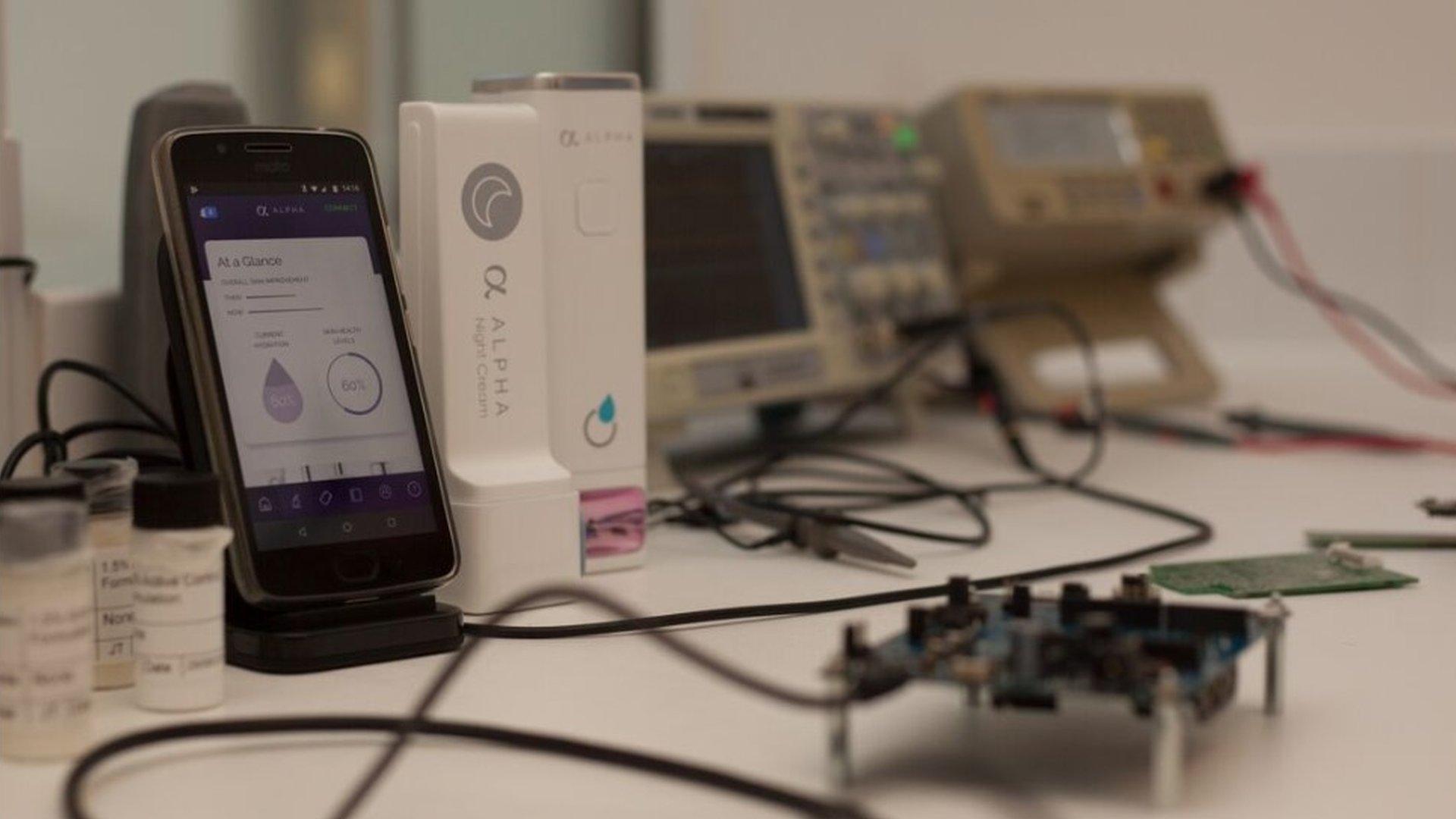
- Published10 January 2019
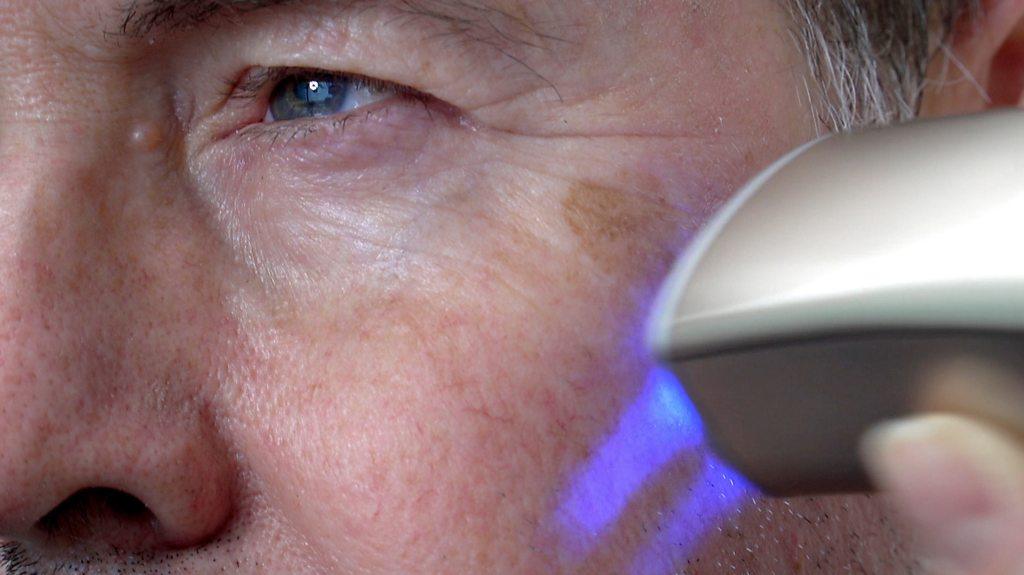
- Published7 June 2018
